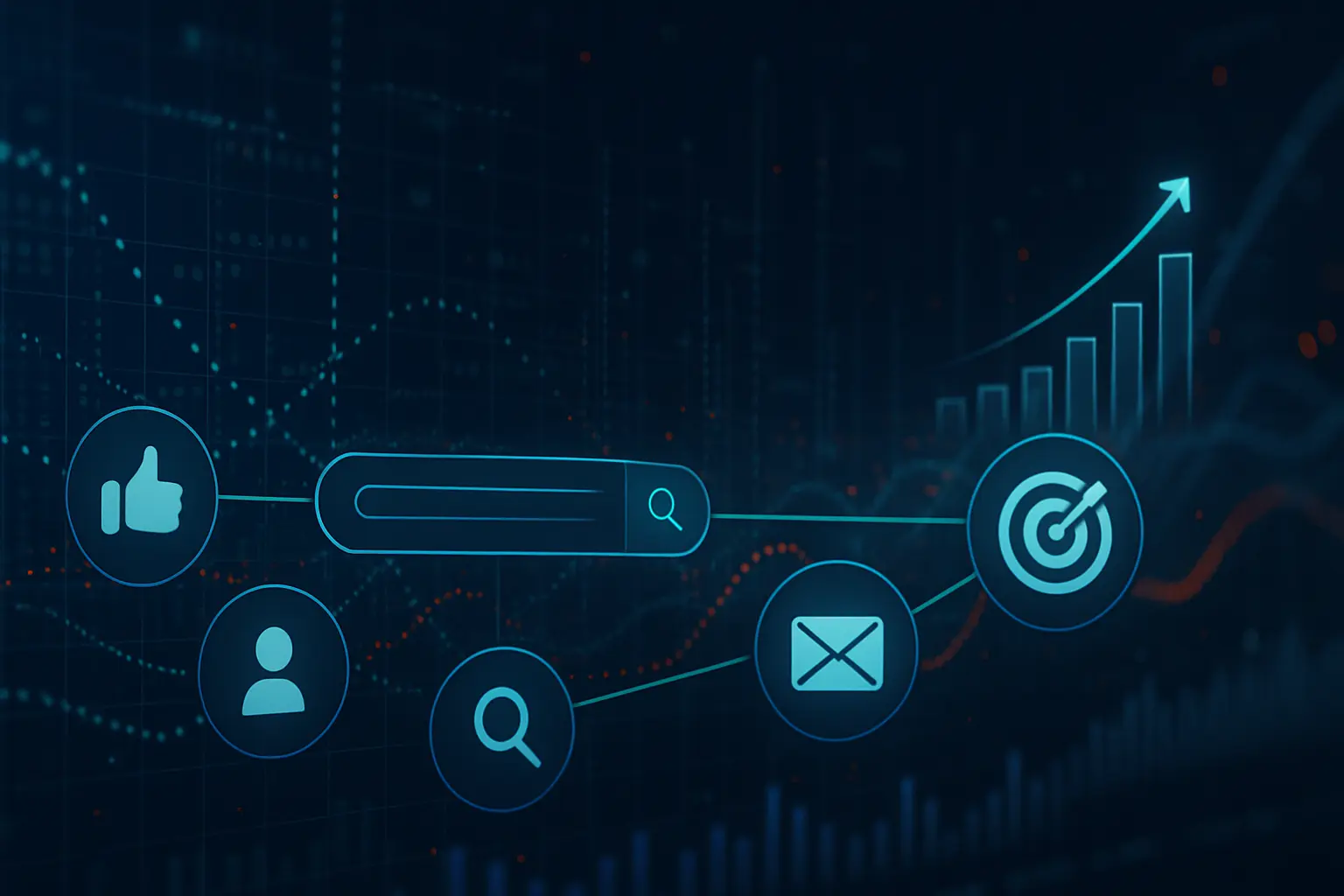Some of you must be aware of the recently held general elections in India. The results are out to see. There is much more to learn from the results. While I don’t intend to talk about political learning, my focus is on the use of social media and online marketing for campaigns, and I'll use this to talk about the same.
Social media has been used effectively in other geographies, mainly developed countries, for election campaigns.
However, this is probably the first time in India that this medium has been used for campaigning, to motivate and create an army of volunteers who will campaign for the parties. (Even Twitter is talking about taking some innovations to the global market.)
So, can we say that digital marketing has finally arrived with one more strong success story? The answer is obvious, yes! In fact, if someone answers that the medium has arrived long back and we are late in recognizing its power, I won’t be surprised…
To illustrate the power of social media in the elections, Narendra Modi, the winning candidate, had 15.5 million likes on Facebook. In contrast, the Times of India, the leading English daily, has a readership of 7.4 million.
This makes it clear that Modi didn’t have to depend on TOI to publish his views. He was free to share his views and agenda the way he wanted, and at the time, he wanted, and we saw the results.
Another important aspect of this campaign to note is that Narendra Modi, the early mover on social media, has gained strong support from people. The number of likes on Facebook and Twitter will tell you this.
The early mover certainly has an advantage over here, too (like in many other situations). So what’s there for me as a marketer or a business owner? There is only one action point. If your marketing strategy doesn’t include digital marketing, you need to include it NOW.
There are several reports on how the marketing world is moving towards digital. More and more people are spending more on digital media than conventional media. If you are already spending on digital marketing, that’s good, but you need to check whether your strategy is right.
So what exactly is Digital Marketing, and why should one go for it?
Digital marketing is marketing on digital media, i.e., mobile, the internet, social media (part of the internet), and email marketing. Before we go into the details of digital marketing, let’s talk about the advantages.
For a long time, it has been challenging for marketers to determine the return on investment from their marketing spending. They know that half of the money that they are spending is not yielding any results, but the problem is knowing which half is not working.
With digital marketing, you can easily calculate ROI and manage your budgets properly. The other significant advantage is target marketing. You can segment your customers and decide which ones to target.
With target marketing, you cannot only target specific customers but also deliver content when the context is favorable or the prospect is in the right frame of mind.


